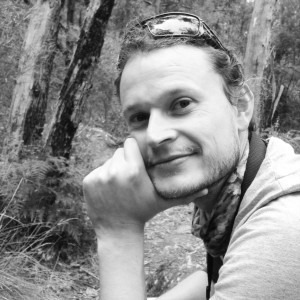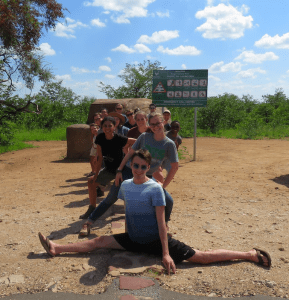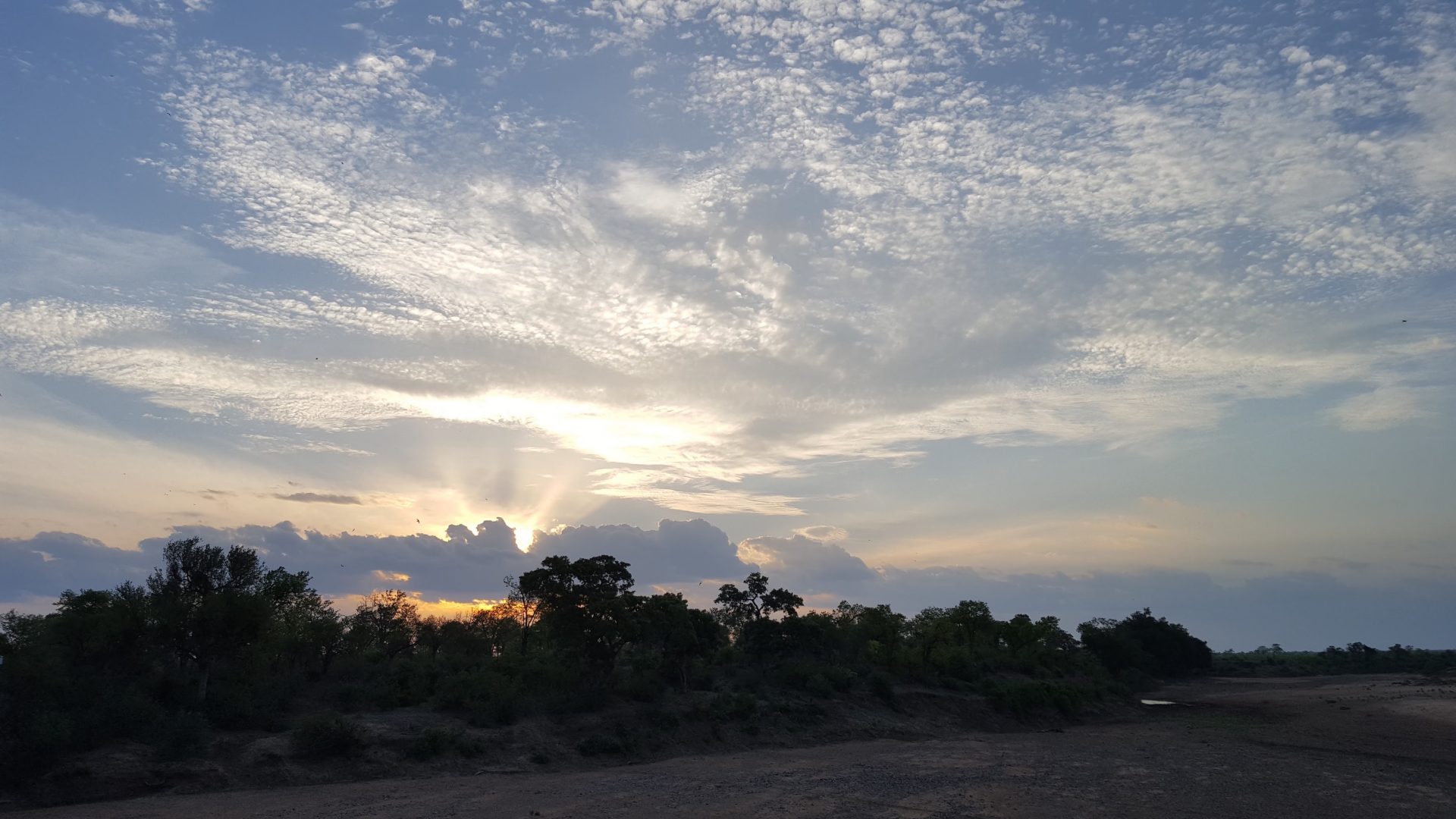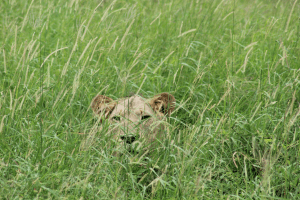Dr. Bernard Coetzee
OTS Resident Lecturer
African Ecology & Conservation in South Africa

A popular stop on every version of African Ecology & Conservation course is Shingwedzi in the north of the Kruger National Park. This region differs markedly from the southern part of Kruger, and is dominated by Mopane Shrubs (Colophospermum mopane). Shingwedzi a rest camp (i.e. tourist camp) and ranger’s post is located on the southern bank of the Shingwedzi River, for which they were named, in Limpopo province, South Africa. The name “Shingwedzi” is of Tsonga origin, and was perhaps derived from “Shing-xa-goli”, perhaps a local chieftain, and “njwetse”, the sound of iron rubbing against iron – indicative of the early people that lived in this area.

Here, students worked with faculty from other universities, Dr. Freek Venter, who worked for SANParks for 40 years led a project investigating the differences between soils and vegetation in different landscapes across the Shingwedzi area. Dr. Chevonne Reynolds from WITSUniversity, led a research project on the characteristics of the very critical and conspicuous feature of savanna landscapes, that of termite mounds. The group had three days of fieldwork and enjoyed a privileged taste of the remote and wild far northern Kruger Park.


